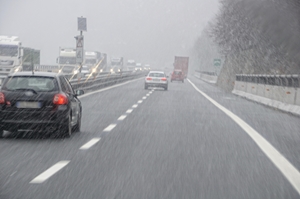
With winter well and truly here, Australia is being given it's fair share of wet weather. This could lead to a number of water-related complications, especially in states prone to flooding like Queensland. If you've recently invested in a custom designed shed, taking steps to prevent water damage from occurring to your new installation should be high on your list of winter preparation priorities.
Placing your shed in the right place
A lot of prevention comes from choosing the right location for your shed to be constructed. For example, placing the installation at the bottom of a hill is typically not a good idea due to the tendency for water to run down slopes and gather at the bottom. Therefore, choosing a slightly elevated piece of land could be a brilliant way to avoid these complications in the long term.
If this isn't possible, creating your own elevation by placing a concrete slab on the ground before commencing construction could create a good degree of height for the shed to be built, which will help prevent water from seeping into the shed.
Install a separate drainage system
Another way to avoid internal water damage in your new shed is to create an independent drainage system around the outside of your shed. This will help to collect any bodies of water and get them funneled away from the shed without getting larger and causing damage to the installation.
Have reserve options available
In the instance where the flooding is going to be inevitable, it's good to have a system installed to help prevent major damage to your property. Having a cache of sandbags put aside for these situations – especially in flood-prone states – will allow you to take early action and prepare the shed for the brunt of the force.
